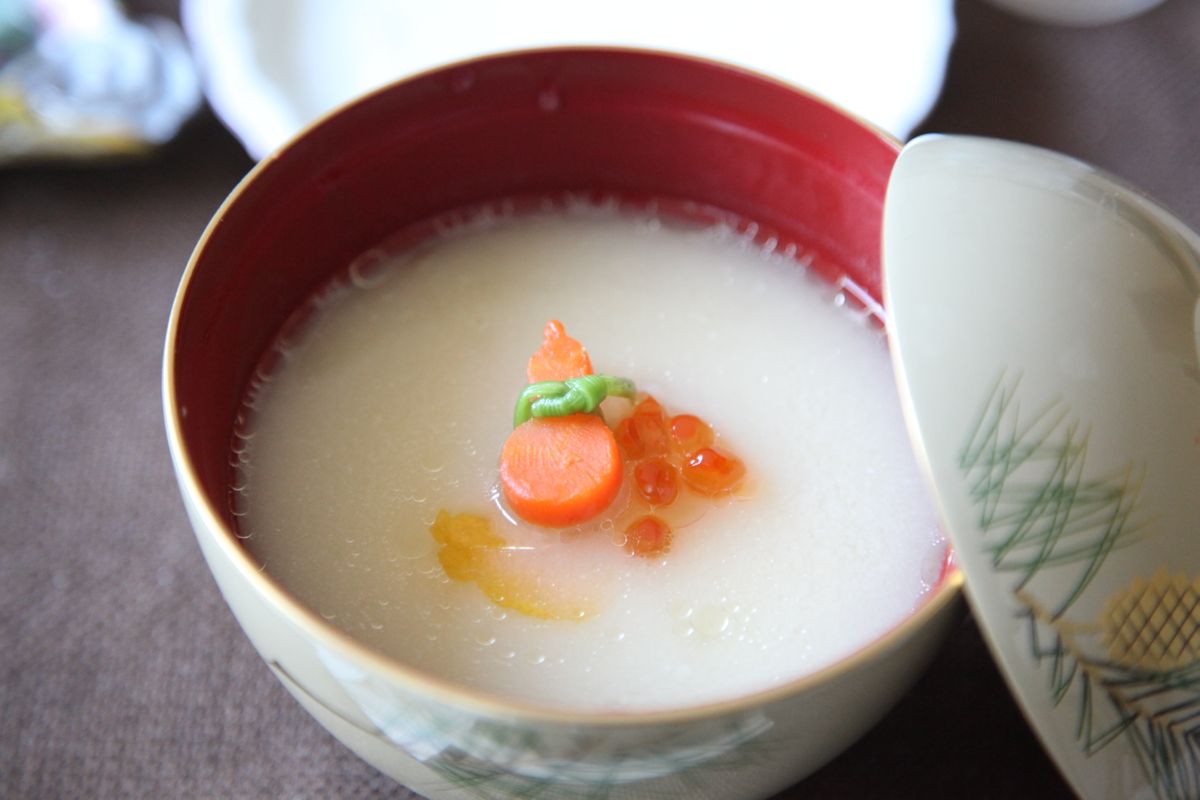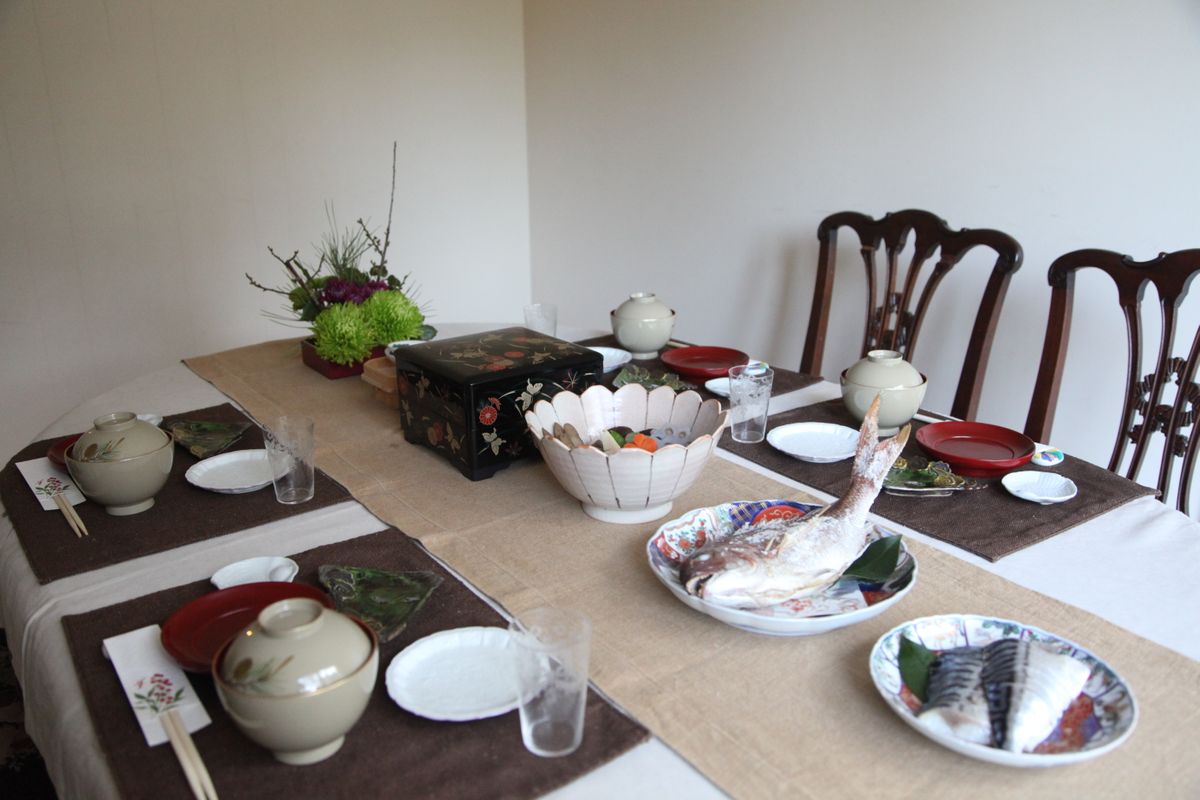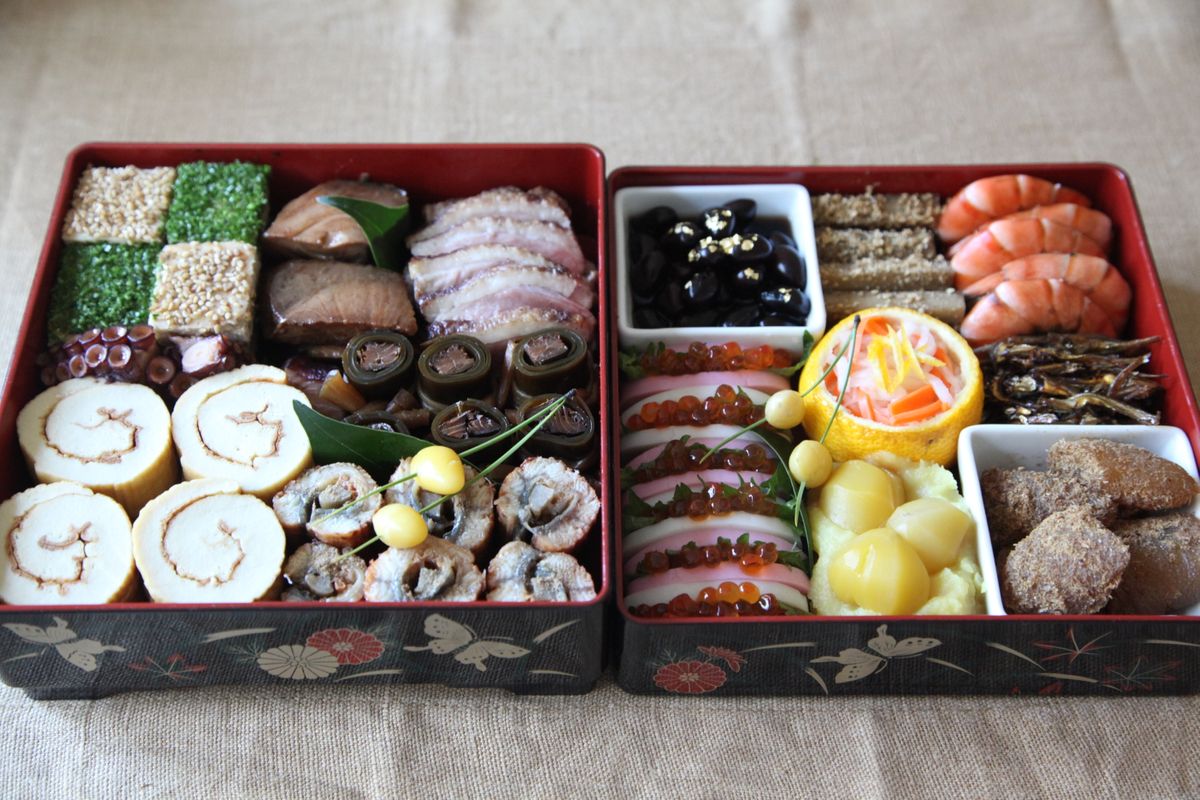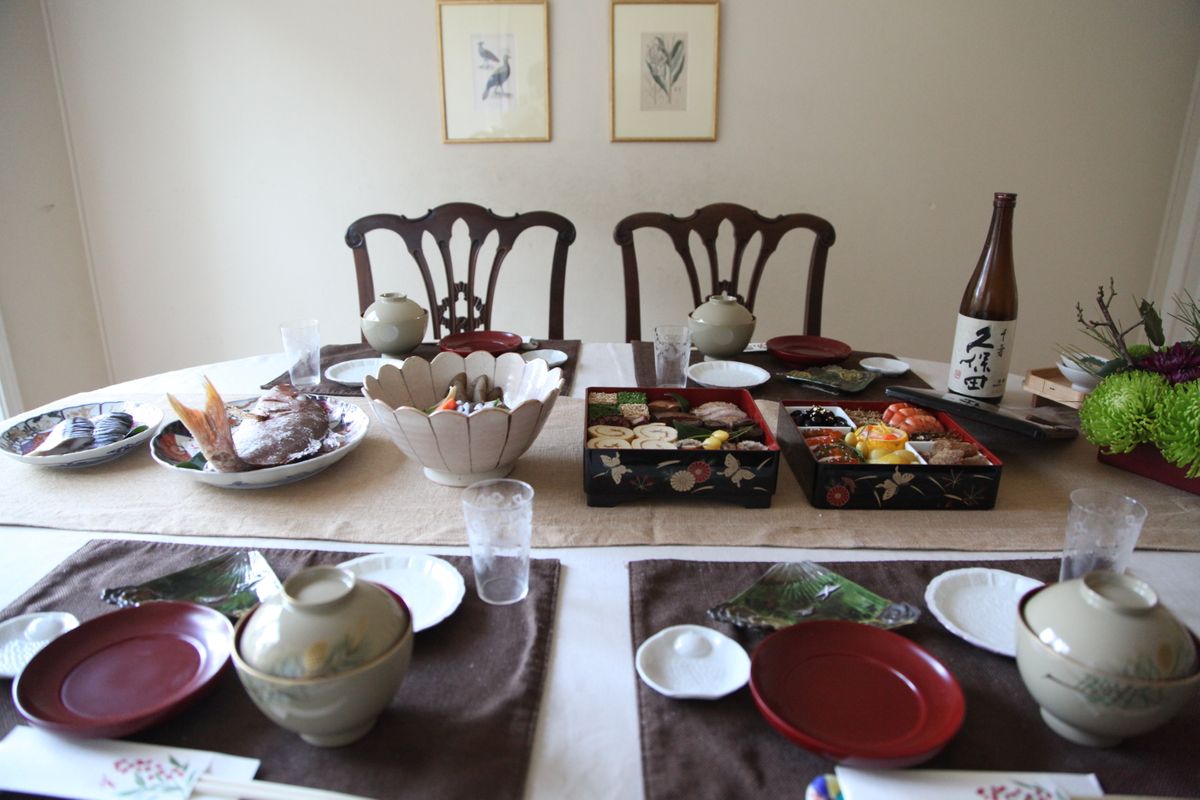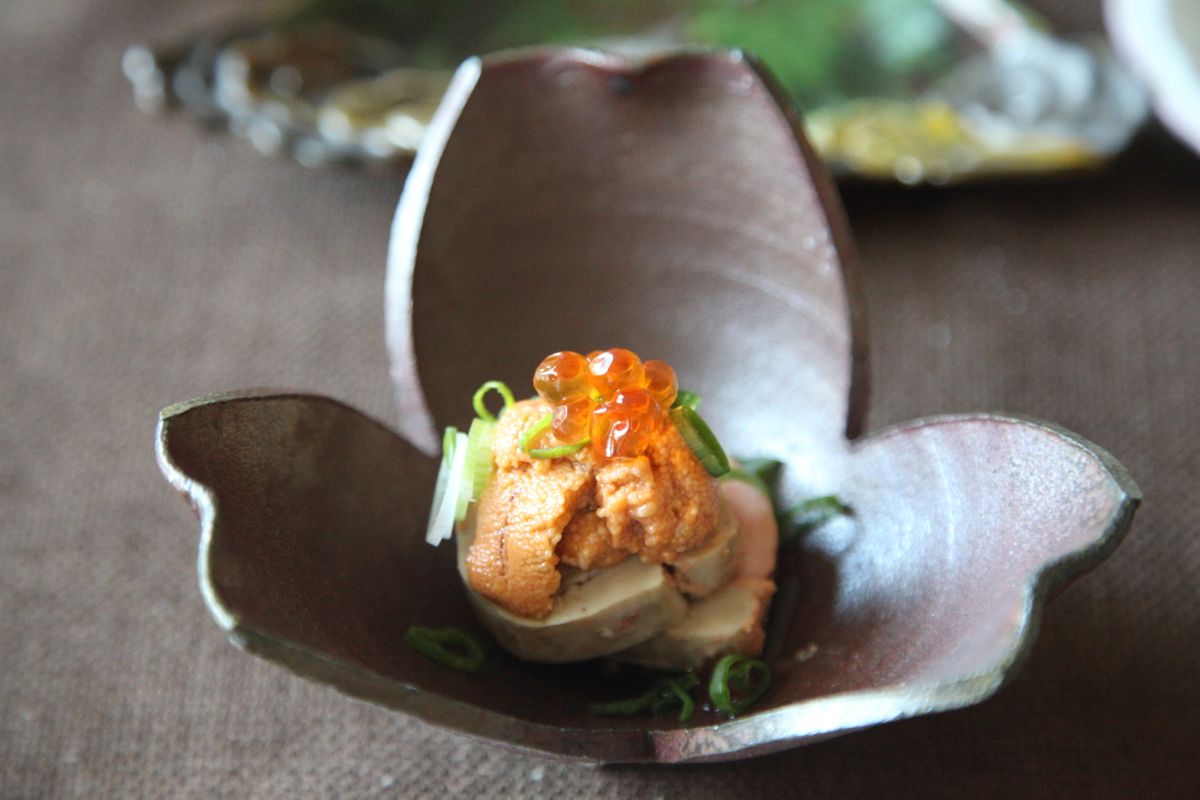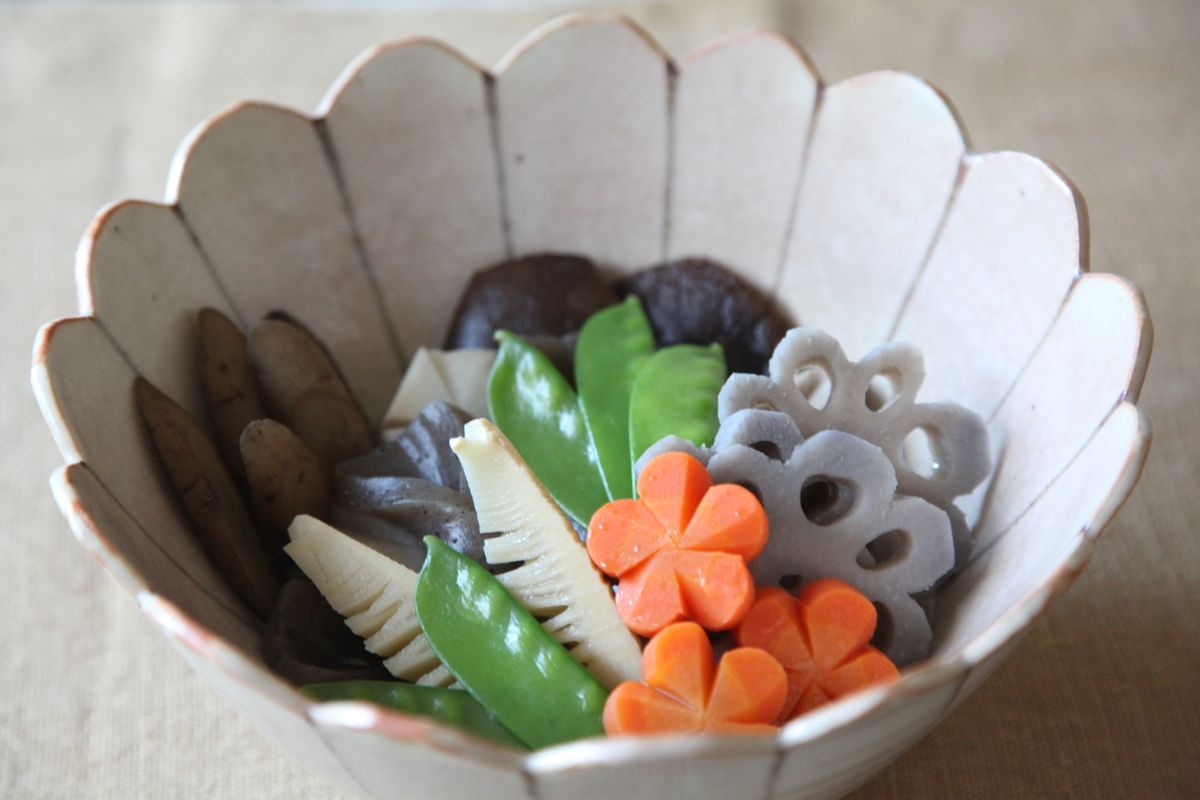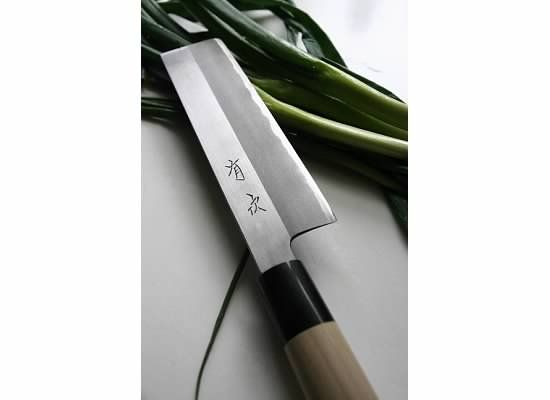I always sharpen my Japanese cooking knives before making 'Osechi'.
Cutting food with sharp knives enhances the texture and look, but also...I believe vegetables desire to be cut by sharp knives (I also think the same when I cut flowers for my floral arrangements)! I was amazed to learn that plants have emotions when I watched this documentary: https://www.youtube.com/watch?v=wt3smrXkVpE
Japanese knives are well known as the sharpest in the world.
I think it is a result of our love of nature.
I thanked the vegetables and mother nature for the blessings from the past year and for the blessings to come in the New Year, while I made my Osechi dishes.
Before eating, Japanese people put their hands together and say “itadakimasu”.
It is often translated as 'I humbly receive this food' . However the true original meaning is 'I am thankful to the plants and animals that gave their lives for the meal'.
おせちの調理を始める前に必ずすることが、包丁を研ぐこと。
切れ味が良いと、食べた時の口当たりや見栄えが良く仕上がるのは勿論なのですが、野菜たちがそれを望んでいる気がするからです。
こんなことを言ったら「頭のおかしな女だ」と思われるかもしれませんが 苦笑
以前、植物に関するドキュメンタリー映画の中で、数々の実験の結果植物にも感情があることが明らかにされていたのです。
詳しくはこちらの動画でご覧になれます。
https://www.youtube.com/watch?v=wt3smrXkVpE
この映像を見て以来、野菜たちは切れの鈍い包丁で切られるよりも切れ味の良い包丁でスパッと切られたいはずだと思うようになりました。
(花だってきっとそうだと思います)
そうした意味で、切れ味の良さで世界中のシェフたちから評価されている日本の包丁は、ひょっとすると素材への思いやりから生まれた品なのかもしれません。
動物であれ植物であれ、私たちは日々いのちを頂いているのだなと、感謝しながら素材たちと対話をした大晦日でした。
ご存知の方も多いかとは思いますが、私たちが食事の前に言う「いただきます」の本来の意味は、食材となった生きとし生けるものの「いのちを頂きます」だといわれます。
海外に住みはじめて10年以上になりますが、食を通じて自然と繋がり、子供たちにも日本人の心を伝えていきたいと思います。
